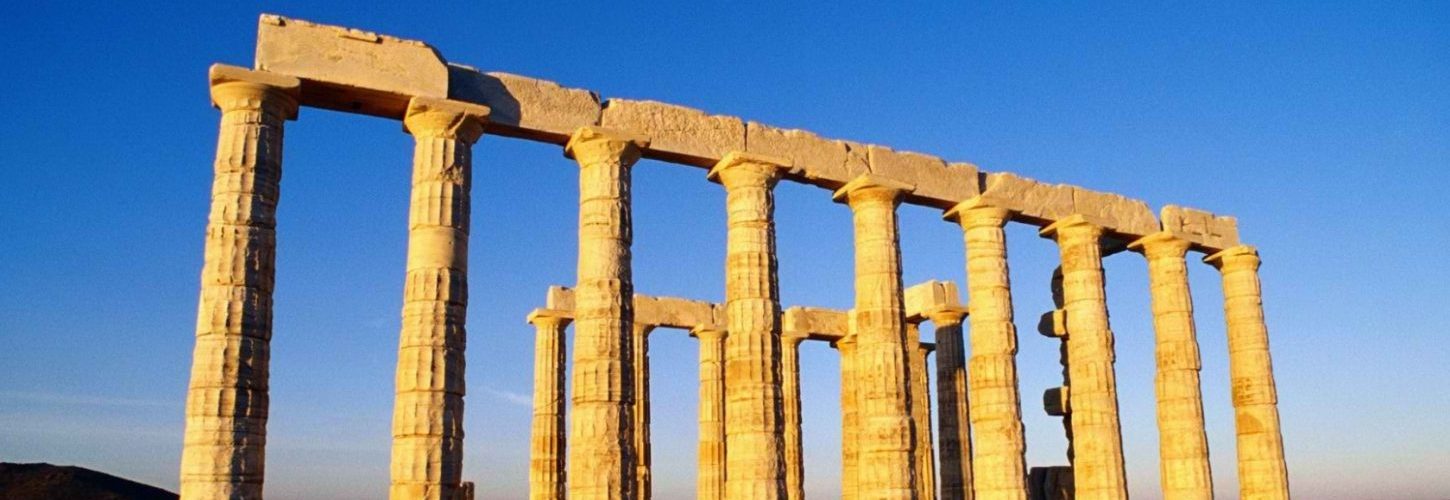1066 The Battle Of Hastings
Some historians agree that the eventual collapse of the English military was a result of Haroldâs demise, although the exact time of his demise is unclear. Accounts of his death space also contradictory, with the Bayeux Tapestry suggesting he was met with an arrow in the eye, while different stories state otherwise. Harold quickly marched his injured army over to satisfy the Normans in a bid to shock William. However, Norman scouts had already reported their arrival, which prompted him to move his troops away from the castle and in path of Senlac Hill, in modern-day Battle. His aggressive transfer marked the beginning of the battle, which started at 9am and continued till sundown. Without an inheritor William believed he had a respectable claim to the throne, however Harold was crowned king.
With their men being slaughtered in droves, Edwin and Morcar fled the battlefield. Some tried to swim across the Ouse however have been drowned due to the swift currents. Those fleeing on the English left typically found themselves trapped in bogs or sucked down into quicksands.
The churchâs excessive altar marked the spot where Harold had fallen. Nowadays, a stone slab marks the place where King Harold had fallen. However, Harold was not associated to King Edward however a strong nobleman that had the Anglo-Saxonsâ assist. William was King Edwardâs cousin and due to this fact thought-about himself to be the rightful inheritor. He obtained help from powerful European magnates and the Pope and assembled an army.
The Tapestry incorporates hundreds of images divided into scenes every describing a specific occasion. The scenes are joined right into a linear sequence permitting the viewer to „read” the whole story starting with the primary scene and progressing to the last. The Tapestry would most likely have been displayed in a church for public view. The third rival for the throne was Harald Hardrada, King of Norway. Hardrada ruled Norway jointly with his nephew Mangus till 1047 when Mangus conveniently died. Earlier , Mangus had minimize a take care of Harthacut the Danish ruler of England.
Modern historians have identified that one cause for Haroldâs rush to battle was to comprise Williamâs depredations and keep him from breaking freed from his beachhead. Haroldâs death left the English forces leaderless, and they started to break down. Many of them fled, but the soldiers of the royal household gathered round Haroldâs body and fought to the top. The Normans started to pursue the fleeing troops, and apart from a rearguard action at a website generally known as the âMalfosseâ, the battle was over. Exactly what happened on the Malfosse, or âEvil Ditchâ, and the place it occurred, is unclear. It occurred at a small fortification or set of trenches the place some Englishmen rallied and significantly wounded Eustace of Boulogne before being defeated by the Normans.
Due to foul climate, his departure was delayed and Hardrada https://www.eccb2009.org/index.php/field-trips/ arrived in England first. Landing in the north, he received an preliminary victory at Gate Fulford on September 20, 1066, but was defeated and killed by Harold at the Battle of Stamford Bridge five days later. While Harold and his military were recovering from the battle, William landed at Pevensey on September 28. Establishing a base near Hastings, his men constructed a wooden palisade and commenced raiding the countryside. To counter this, Harold raced south along with his battered military, arriving on October 13.
Harold’s violation of his sacred oath enabled William to safe the assist of the Pope who promptly excommunicated Harold, consigning him and his supporters to an eternity in Hell. Today, solely the odd life-sized picket soldier may be seen dotted about the battlefield, a few of that are inexplicably grinning. One of the mannequin soldiers which are dotted along the pathway around the hill.
William had come to safe his proper to the English throne from King Harold. They met in a valley near Hastings the place Williamâs military was victorious due largely to the superiority of his heavy cavalry assisted by archers. S forces had been wonderful horsemen, they did not fight as true cavalry, preferring as a substitute to dismount and struggle on foot.
 Prašome palaukti...
Prašome palaukti...


